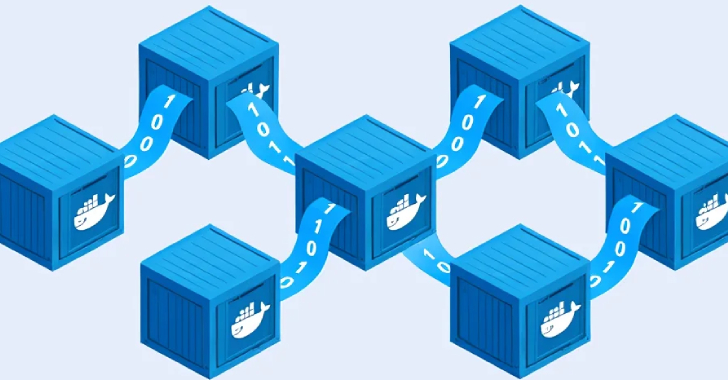
Why You Shouldn't Ignore High-Level Risk Assessments
In a world filled with uncertainties, risks are an inevitable part of our daily lives. Whether you’re a business owner, a government official, or an individual making personal decisions, understanding and managing risks is crucial. This is where high-level risk assessments come into play. While they may seem like complex processes reserved for large organizations, high-level risk assessments offer valuable insights and benefits that should not be ignored by anyone. In this article, we’ll explore what high-level risk assessments are, why they matter, and how they can help you make informed decisions in an increasingly uncertain world.
Defining High-Level Risk Assessments
High-level risk assessments are comprehensive evaluations of potential risks and their impacts on an organization, project, or even an individual. These assessments take a holistic view of risks, considering both internal and external factors that could affect the achievement of objectives. While they are often used in business and government, the principles of high-level risk assessment can be applied to various aspects of life, such as personal finance, health, and environmental concerns.
The Importance of High-Level Risk Assessments
- Preventing Catastrophic Failures
One of the most significant advantages of high-level risk assessments is their ability to prevent catastrophic failures. By identifying and analyzing potential risks in advance, organizations can implement mitigation strategies to minimize the impact of these risks or avoid them altogether. For example, a manufacturing company conducting a high-level risk assessment might discover a critical flaw in its supply chain that, if left unaddressed, could lead to a production halt. By addressing this issue proactively, the company can prevent costly downtime and maintain customer satisfaction.
- Enhancing Decision-Making
High-level risk assessments provide decision-makers with a clear understanding of the potential consequences of their choices. This information empowers them to make more informed decisions, whether it’s a business leader deciding to enter a new market or an individual choosing to invest in a particular asset. In a rapidly changing world, where risks are constantly evolving, the ability to make well-informed decisions is invaluable.
- Resource Allocation
Efficient resource allocation is a key component of successful risk management. High-level risk assessments help organizations allocate their resources more effectively by identifying which risks are most likely to occur and have the greatest potential impact. This prevents wasted resources on low-priority risks while ensuring that critical risks are adequately addressed. For instance, a city government conducting a risk assessment for disaster preparedness may allocate more funds and personnel to address the risks associated with earthquakes, hurricanes, or floods, depending on their assessed likelihood and severity.
- Stakeholder Confidence
Stakeholders, whether they are investors, customers, or citizens, expect organizations and institutions to be proactive in managing risks. High-level risk assessments demonstrate a commitment to transparency and risk management, which can enhance stakeholder confidence. Businesses that can show they are aware of potential risks and have plans in place to mitigate them are more likely to attract investors and retain customers.
- Legal and Regulatory Compliance
In many industries, compliance with legal and regulatory requirements is essential. High-level risk assessments can help organizations identify and address risks related to non-compliance, which can lead to legal penalties and reputational damage. By aligning their risk management practices with industry regulations and best practices, organizations can avoid costly legal battles and maintain their reputation.
Implementing High-Level Risk Assessments
Now that we understand why high-level risk assessments are essential, let’s explore how they can be implemented effectively:
- Identify and Prioritize Risks: Start by identifying all potential risks that could affect your organization, project, or personal goals. Once identified, prioritize these risks based on their likelihood and potential impact. This step helps you focus your resources on the most critical risks.
- Collect Data and Information: Gather as much relevant data and information as possible to assess each risk. This may involve conducting research, consulting experts, and analyzing historical data. The more information you have, the more accurate your risk assessment will be.
- Assess Likelihood and Impact: Evaluate the likelihood of each risk occurring and its potential impact. This can be done using quantitative methods, qualitative analysis, or a combination of both. The goal is to assign a risk rating to each identified risk.
- Develop Mitigation Strategies: For high-priority risks, develop mitigation strategies that outline how you will reduce the likelihood or impact of the risk. These strategies should be specific, actionable, and tailored to each risk.
- Monitor and Review: Risk assessments are not static; they should be regularly reviewed and updated as circumstances change. Implement a system for ongoing monitoring and periodic reassessment to ensure that your risk management strategies remain effective.
- Communicate Findings: Share the results of your high-level risk assessment with relevant stakeholders. Transparency is key, and involving stakeholders in the risk management process can lead to better decision-making and increased support for mitigation efforts.
Conclusion
In an unpredictable world, ignoring risks is not an option. High-level risk assessments provide a structured and systematic approach to understanding, managing, and mitigating risks. Whether you’re a business leader, a government official, or an individual planning for the future, incorporating high-level risk assessments into your decision-making process can lead to more informed choices, better resource allocation, and increased confidence from stakeholders. Remember that risk management is an ongoing process, and regular reassessment is crucial to adapting to changing circumstances. Embrace the power of high-level risk assessments, and you’ll be better equipped to navigate the uncertain terrain of the modern world.
Contact Cyber Defense Advisors to learn more about our High-Level Risk Assessment solutions.





